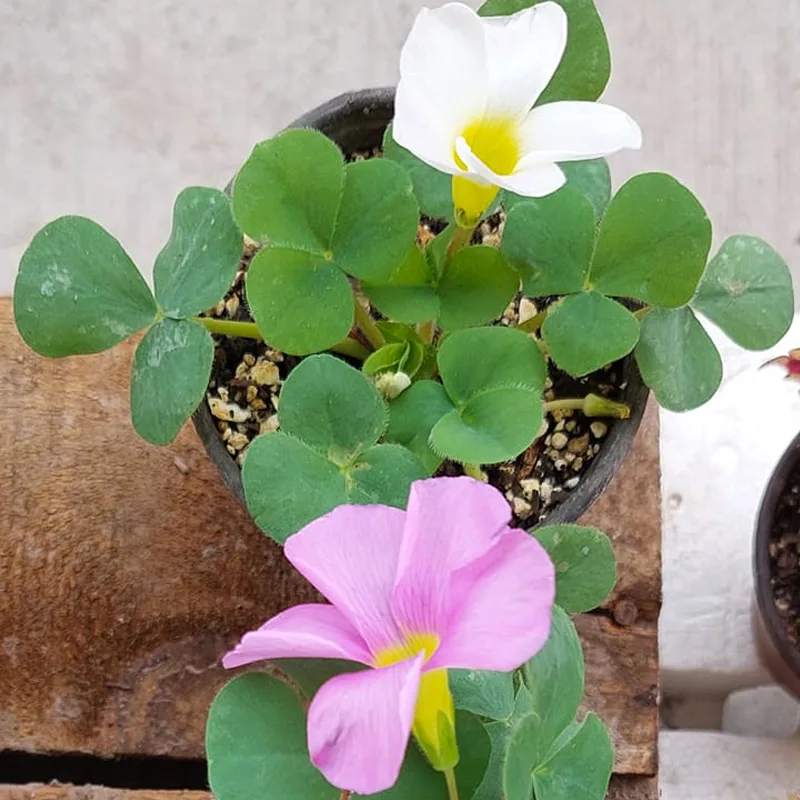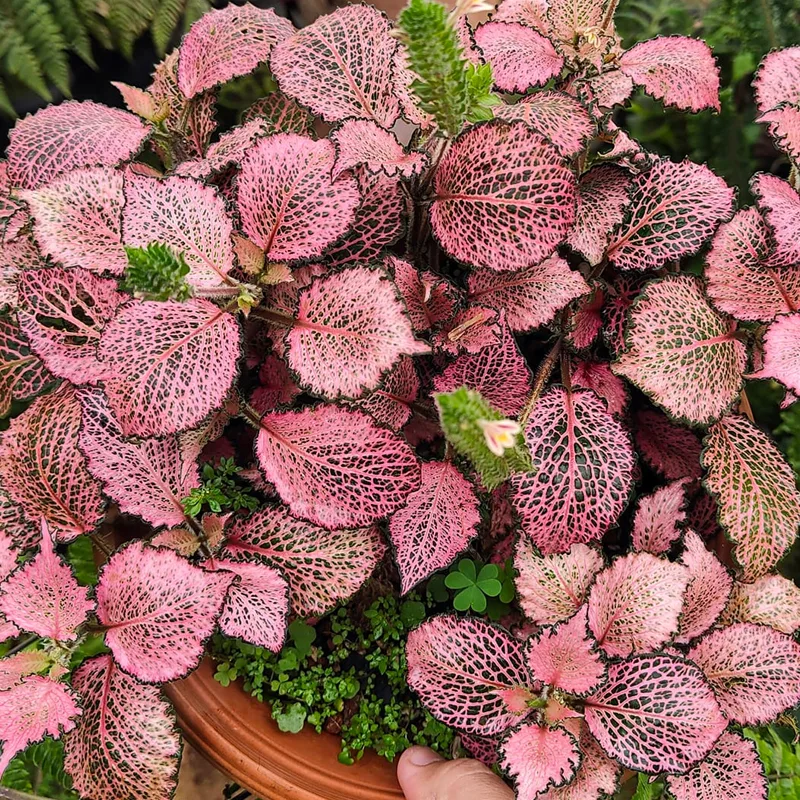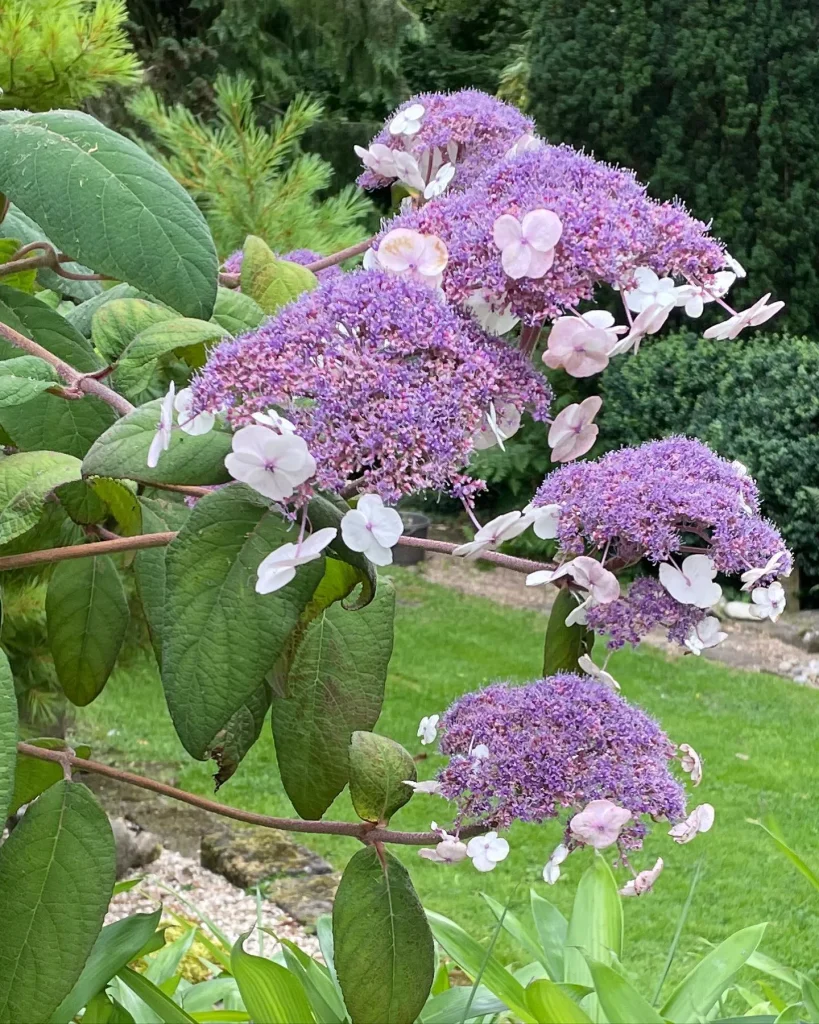FAQs About Symphyotrichum Lateriflorum
Symphyotrichum Lateriflorum, also known as the Side Flowering Aster, is a delightful perennial that adds charm to any garden. I’ve been growing this plant for a while, and I’ve found it to be a fantastic choice for those looking to add a splash of color to their garden with minimal fuss. Here’s a comprehensive guide based on my experiences and research.
114 Species in Genus Symphyotrichum
What Is Symphyotrichum Lateriflorum?
Symphyotrichum Lateriflorum is a species of aster native to North America. It’s known for its unique flowering habit, where the blossoms appear on the sides of the stems rather than at the top. The plant typically grows to a height of 2 to 3 feet and features small, daisy-like flowers in shades of purple, blue, or white. The foliage is lance-shaped and dark green, creating a pleasing contrast with the vibrant blooms.
How to Care for Symphyotrichum Lateriflorum?
Caring for Symphyotrichum Lateriflorum is straightforward. Here’s what I’ve learned from my own gardening:
- Sunlight: This aster thrives in full sun to partial shade. I’ve found that it does best with at least 6 hours of direct sunlight each day.
- Soil: It prefers well-drained soil. Adding organic matter to improve soil structure can make a significant difference. I mix in compost to keep the soil rich and moist but not waterlogged.
- Watering: Regular watering is essential, especially during dry spells. I water the plant deeply once a week, ensuring the soil remains consistently moist.
- Fertilizing: A balanced, all-purpose fertilizer works well. I apply it once in the spring as new growth begins.
- Pruning: To keep the plant compact and encourage more blooms, I cut back the stems after flowering. This also helps to prevent self-seeding.
How to Propagate Symphyotrichum Lateriflorum?
Propagation of Symphyotrichum Lateriflorum can be done through seeds or division. Here’s a step-by-step guide based on my experience:
- Seeds: Start seeds indoors 6-8 weeks before the last frost. Sow them in seed-starting mix and keep them warm and moist. Transplant the seedlings outside once they are strong enough and the danger of frost has passed.
- Division: In early spring or fall, dig up the plant and divide the root clumps. Replant the divisions immediately. This method helps to rejuvenate older plants and can increase your garden’s stock of this lovely aster.
What to Plant With Symphyotrichum Lateriflorum?
Symphyotrichum Lateriflorum pairs beautifully with other perennials and ornamental grasses. Here are some combinations that I’ve enjoyed:
- Echinacea (Coneflower): The bold blooms of Echinacea complement the subtle hues of Symphyotrichum Lateriflorum.
- Rudbeckia (Black-eyed Susan): The bright yellow flowers of Rudbeckia provide a stunning contrast to the purple asters.
- Grasses: Ornamental grasses like Panicum or Miscanthus add texture and movement to the garden bed.
Is Symphyotrichum Lateriflorum Toxic?
Symphyotrichum Lateriflorum is not known to be toxic to humans or pets. It’s a safe choice for gardens where children or animals play. However, as with any plant, it’s wise to discourage nibbling on foliage.
Benefits of Symphyotrichum Lateriflorum
The Side Flowering Aster offers several benefits:
- Pollinator Friendly: Its blooms attract butterflies, bees, and other beneficial insects. I’ve noticed an increase in pollinator activity in my garden since planting it.
- Low Maintenance: Once established, this aster requires minimal care. It’s a great choice for busy gardeners or those new to gardening.
- Seasonal Interest: It provides color late in the growing season when many other plants have finished blooming.
Common Problems with Symphyotrichum Lateriflorum
Despite its hardy nature, Symphyotrichum Lateriflorum can face a few issues:
- Powdery Mildew: This fungal disease can affect the plant, especially in humid conditions. I’ve found that spacing plants properly and ensuring good air circulation helps prevent it.
- Aphids: These pests can sometimes infest the plant. Regular inspections and natural predators like ladybugs can keep their numbers in check.
How Does Symphyotrichum Lateriflorum Compare with Similar Plants?
Symphyotrichum Lateriflorum is often confused with other asters. Here’s how it compares:
- Symphyotrichum Novae-angliae (New England Aster): Unlike the Side Flowering Aster, the New England Aster has flowers clustered at the top of the stems and is generally taller.
- Symphyotrichum Oolentangiense (Azure Aster): Azure Aster has a similar appearance but is more tolerant of dry soil conditions compared to Symphyotrichum Lateriflorum.
In conclusion, Symphyotrichum Lateriflorum is a versatile and attractive addition to any garden. With its easy care requirements and vibrant blooms, it’s a plant I highly recommend for both novice and experienced gardeners.
If i die, water my plants!



